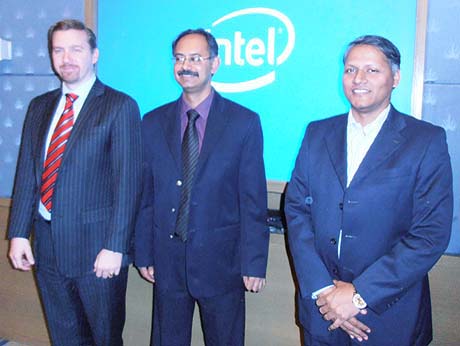
Bangalore, December 1, 2012 – Xeon processor-based servers running Linux offer an ideal migration path for enterprises upgrading their their server infrastructure from legacy and proprietary UNIX/RISC environments, said Nick Knupffer, Intel’s Hong Kong-based Marketing Director ( APAC and China).
Customers experience experienced significant savings in operational cost even while enjoying better performance, he added.
Knupffer was speaking at an Intel media roundtable in Bangalore last week. According to analysts IDC, the RISC-based server market based on systems like as IBM's AIX, HP's HP-UX, and TRU64, has been shrinking to half its size between 2002 and 2010 – with the Intel x86 architecture, the principal gainer.
Software-wise, the migration has been to open platforms like RedHat and SUSE.
Interestingly, the Intel-HP developed Itanium processor platform which is associated with many RISC systems continues to hold its own and find new customers at the high end of the server spectrum.
Anil Misquith, Intel’s Country Business Manager for Education and Government in India, pointed at some successful migration stories in India – like the Just Books chain of lending libraries which uses Zeon servers to run its application for tracking all its books which are fitted with RFID chips for instant tagging.
On hand to share his company’s experience at first hand was Samir Khare, General Manager – Technology Business Solutions, Fullerton India one of the leading Non- Banking Finance Companies (NBFCs) in the country. The change over from a legacy RISC platform to a Xeon E 7545- based Linux server is fuelling Fullerton’s 300-city Loan Origination Platform, a crucial component of its reach out to customers.
Fullerton projects the change-over to result 45% savings over a five-year period, without any dip in performance, Khare added.